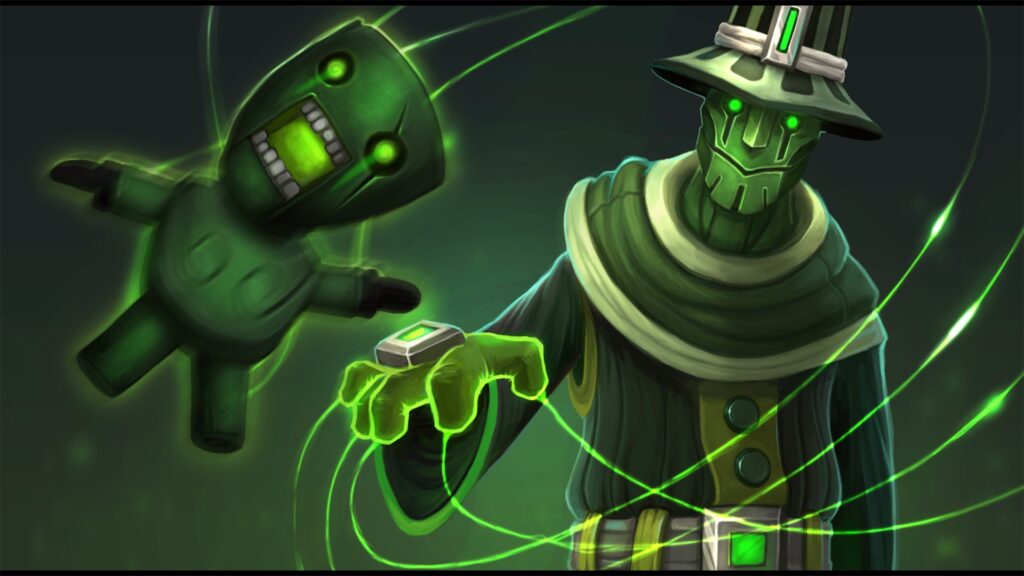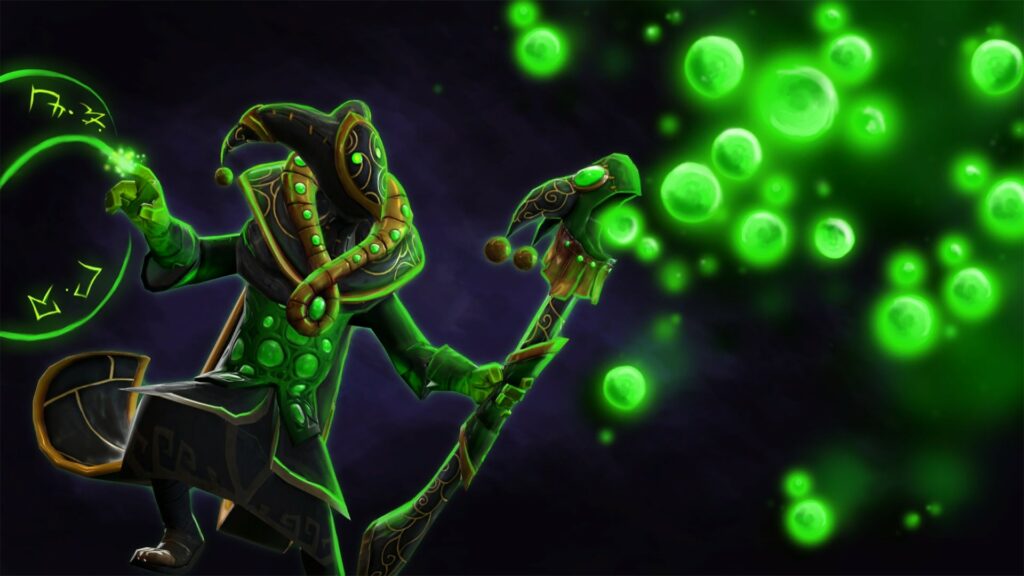The Grand Magus is an ever-present hero in the Dota 2 meta, but little buffs over the last few patches have sent him soaring into the stratosphere.
Rubick is the most picked hero across the Dota Pro Circuit Tour 1 Division I. He’s the most-picked hero in five out of six regions, and second only in North America, where Treant Protector has the lead.
That’s a testament not just to the hero’s strength in the meta, but his versatility. Top-picked heroes are often supports that can fulfill multiple roles in a draft, and Rubick is now an all-in-one babysitter, teamfight monster, and dependable defender.
Consecutive Rubick buffs sent him over the laning edge

Over the past few patches, Rubick has steadily received small buffs to his laning stage, arguably when the hero is the weakest. The Grand Magus received additional armor, as well as three more base damage.
These small changes have helped him become a stronger hero in lane. Once viable mostly as a position four, hard support Rubick isn’t an uncommon sight any longer, picked by long-time specialists like Aydin “iNSaNiA” Sarkohi.
Rubick has also seen some play mid, but it’s far less popular there than either of the two support positions.
All these served to make him just that bit stronger in lane, and less of a liability — before he explodes later in the game as one of the best teamfight supports in Dota.
- DPC WEU’s looping tiebreakers finally ends — Tundra, Entity qualify for Lima Major
- Lina is the most overpowered hero of 7.32d — in a role nobody expected
Rubick is an offensive star, and more than capable defensively

Rubick’s strengths lie in his versatility. Offensively, he completely warps the game just by existing. Opposing heroes now have to be more careful when they cast their spells, especially those with teamfight-changing spells — Enigmas, Magnuses, and Tidehunters live in constant fear of getting their massive ultimates turned on them.
The support’s levels six and seven are one of the strongest peaks of any support. After all, you generally can get eight skill points worth of nukes the moment you unlock Spell Steal, making any upcoming skirmish a terrifying prospect.
The hero also now has a key defensive tool built into his Aghanim’s Shard, allowing Telekinesis to be used on allies. It’s essentially a second Force Staff, one of the game’s strongest support items, though key differences make it better or worse in some spots.
Telekinesis doesn’t require your ally to be facing in any specific direction, and can instead be targeted at specific spots. The repositioning ability is also quite short at almost half the range of a Force Staff, until the level 20 talent that adds 240 throw distance is taken.
This gives the hero a dual-pronged approach to his own item build-up. Pros often continue to opt for Aether Lens first, before picking up mobility items in Force Staff and Blink Dagger. Aghanim’s Shard can be slotted in whenever needed, often used to break up opposing chain stuns with quick repositioning.
What are Rubick’s weaknesses?
Rubick is weak to burst — both magical and physical. This makes assassin-type heroes great against him, as well as heroes that can quickly get on top and stay on him. Templar Assassin, Storm Spirit, and Razor fit the bill.
Also, while certain spells are always strong on Rubick, there are heroes that heavily rely on internal combos within their kit, which makes it a headache for him to use Spell Steal. Earth Spirit, Elder Titan, and Batrider are examples of such heroes who rely on synergistic spells, and Rubick simply cannot employ them to full effect.
READ MORE: The Dota 2 hero tier list (February 2023)


